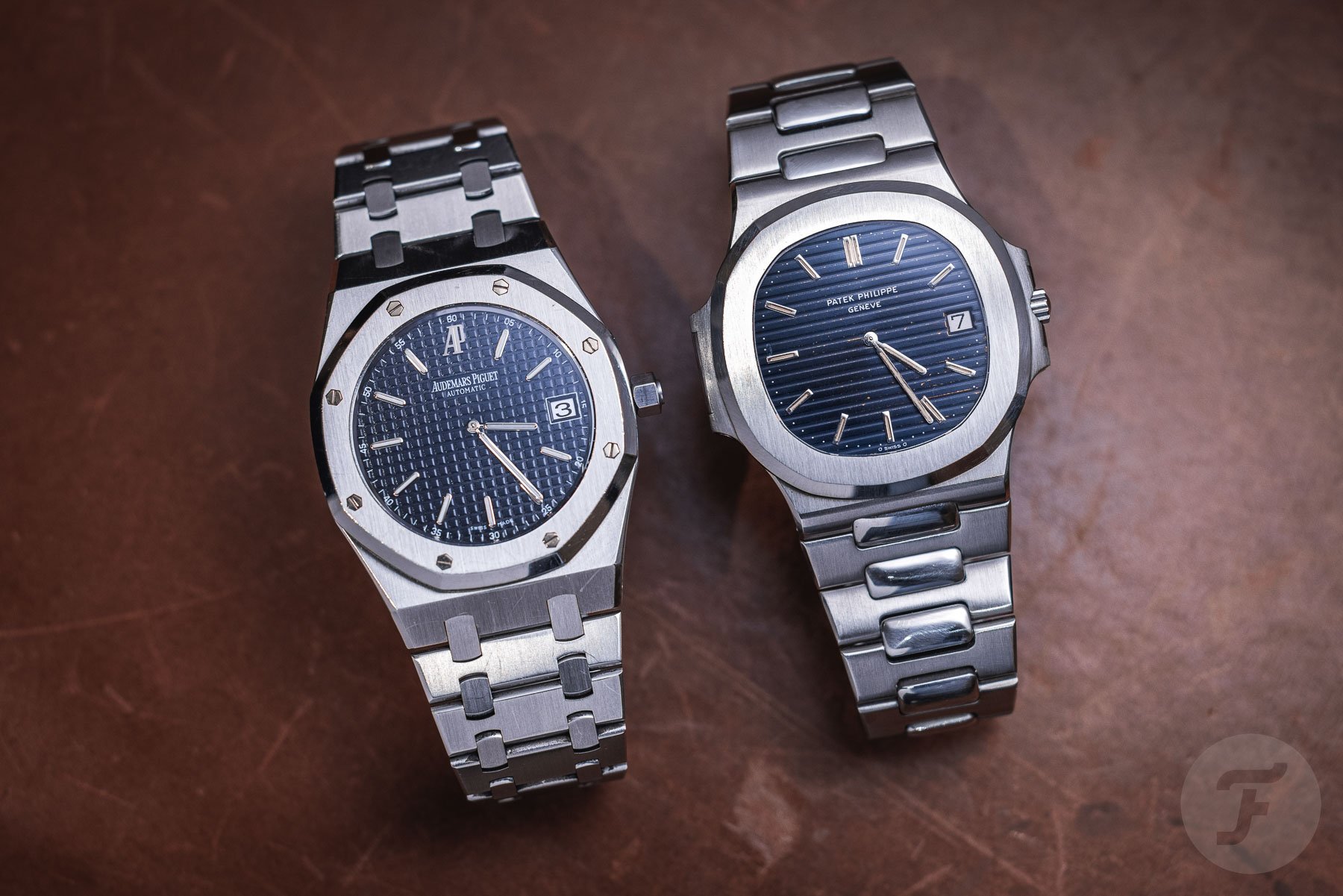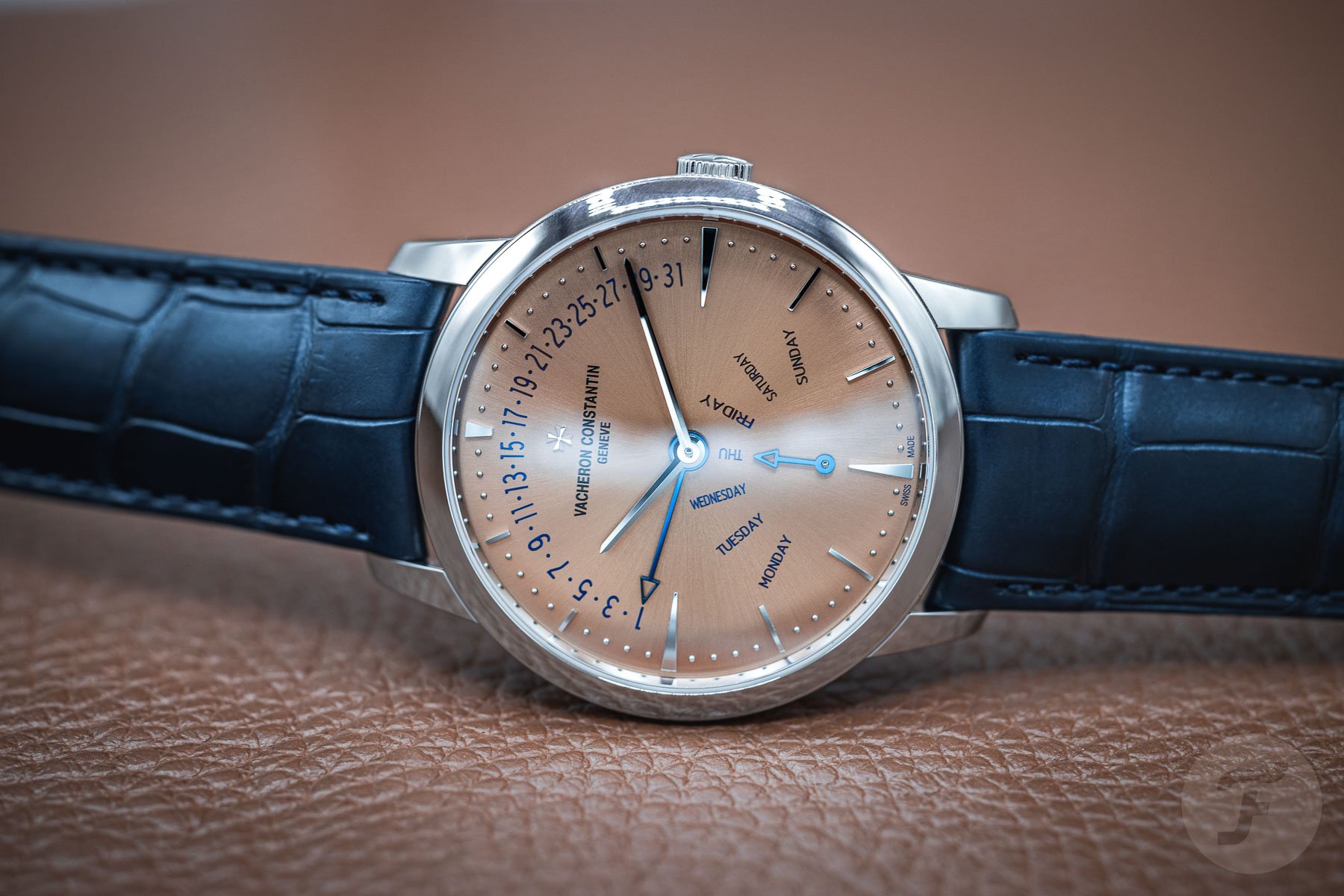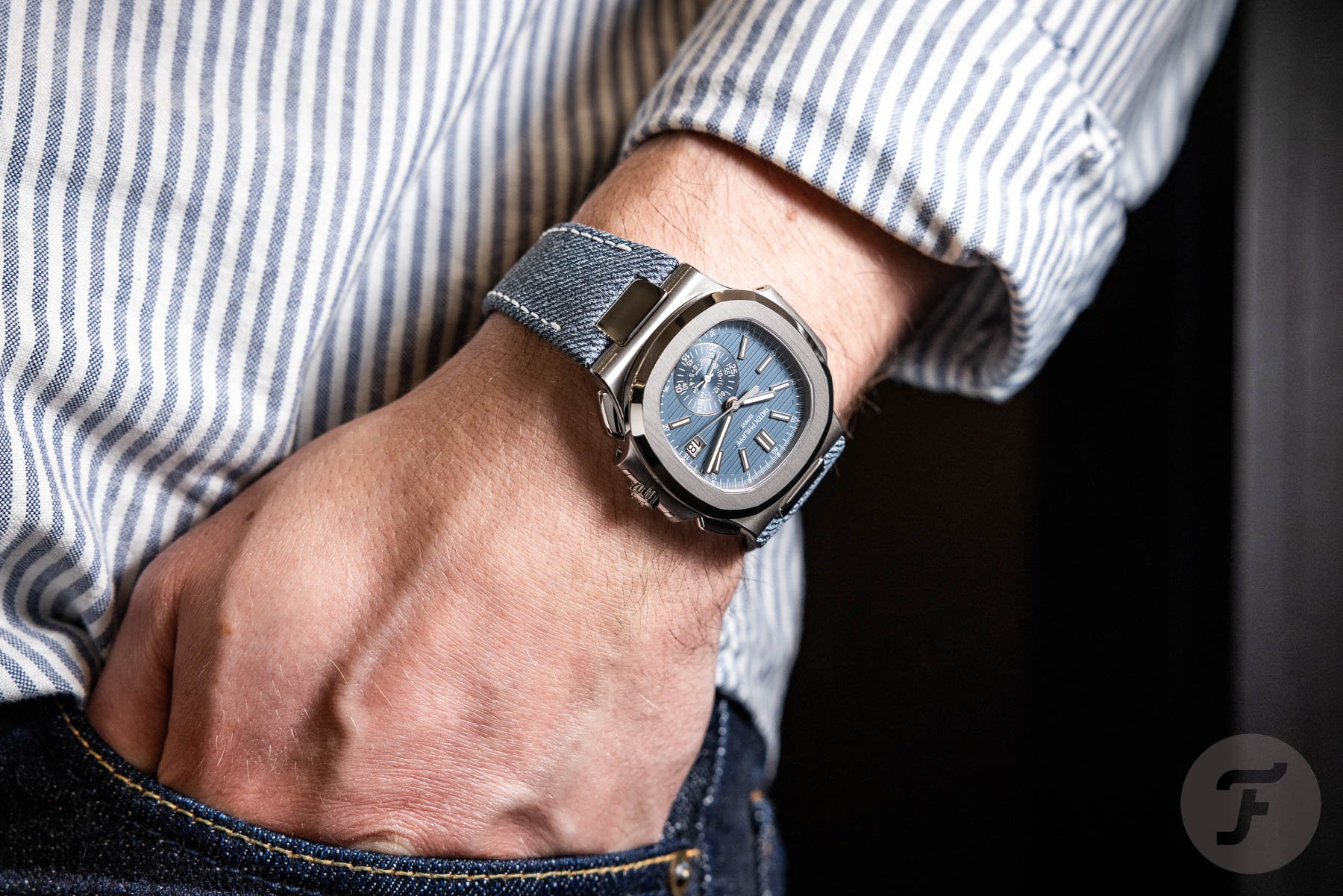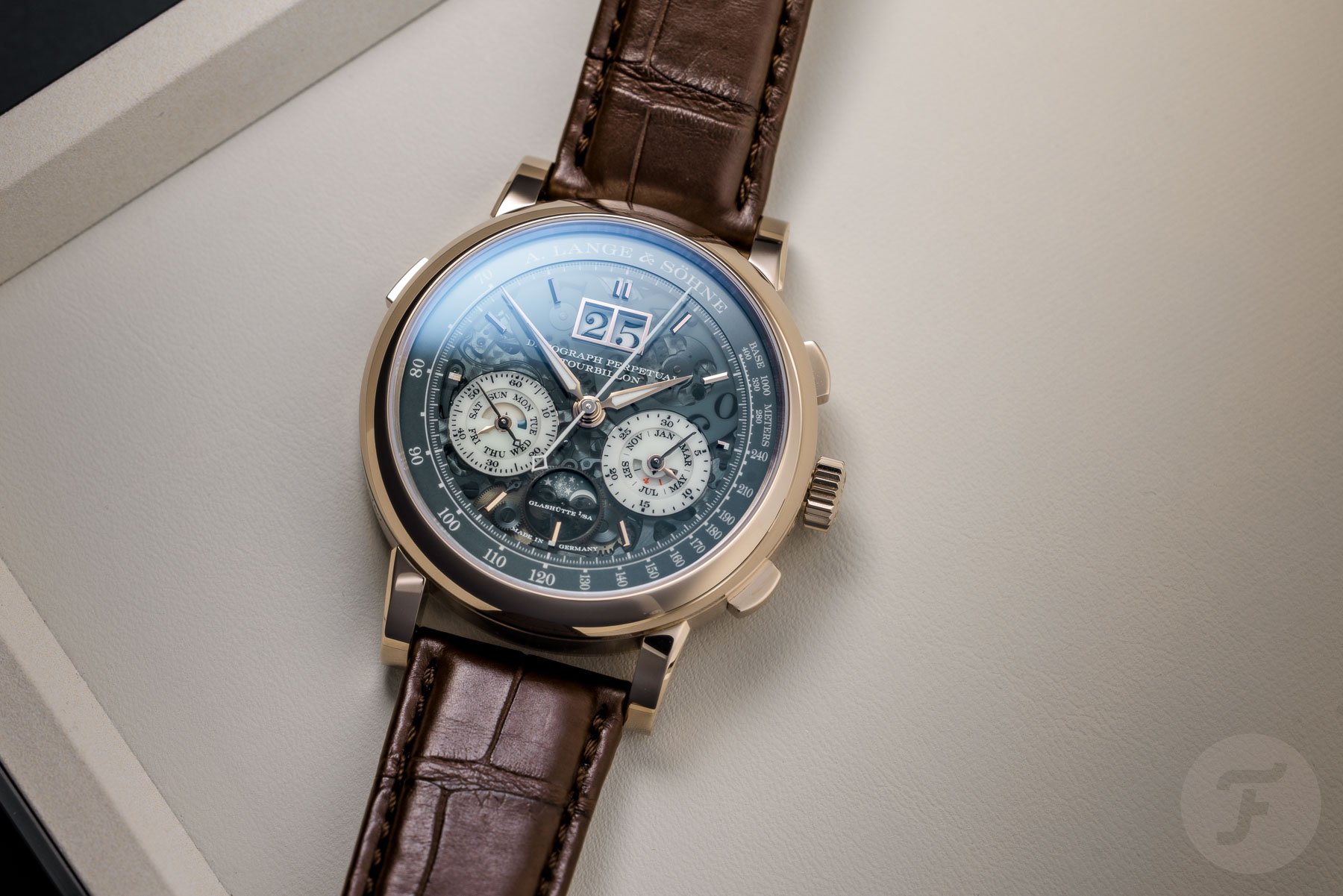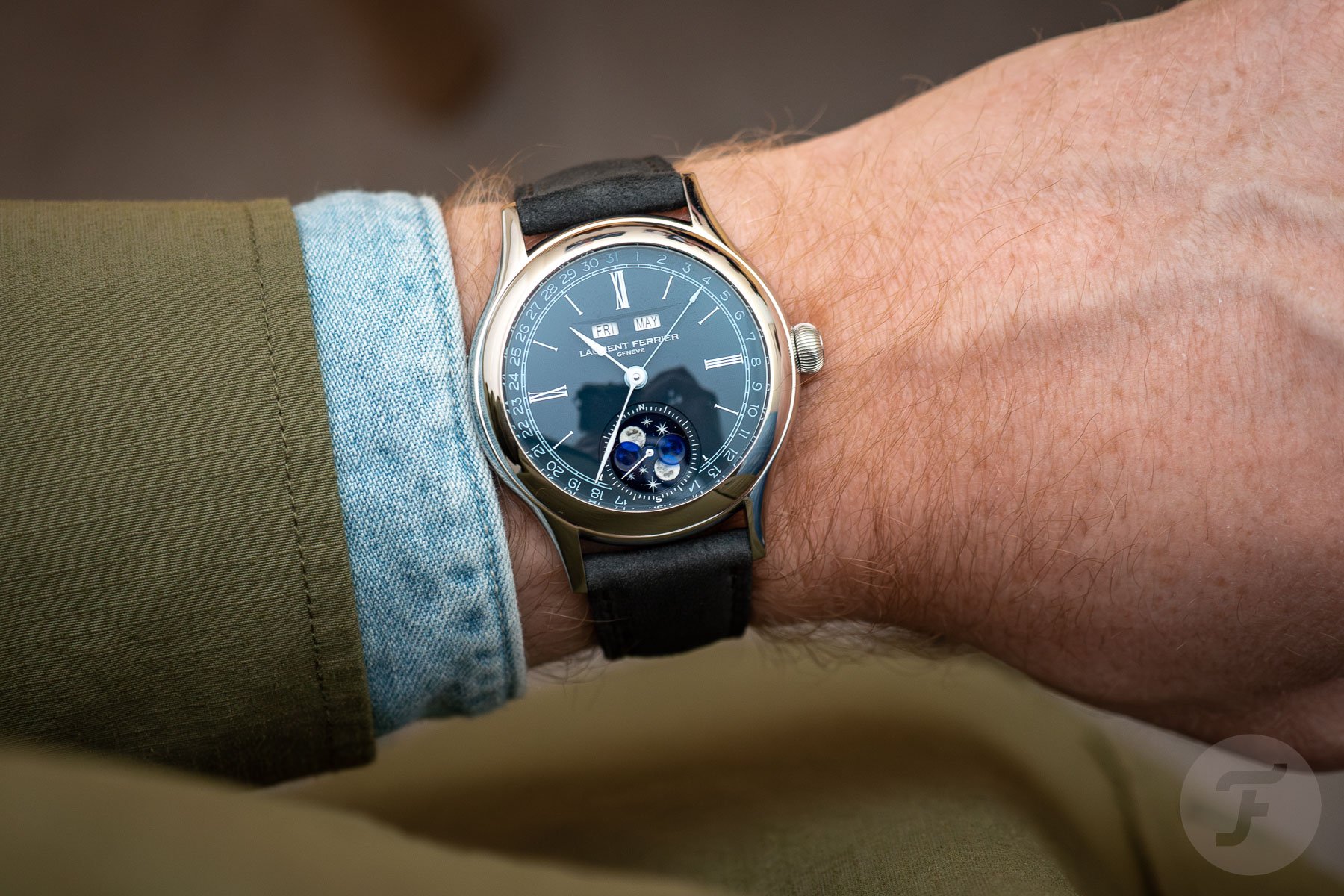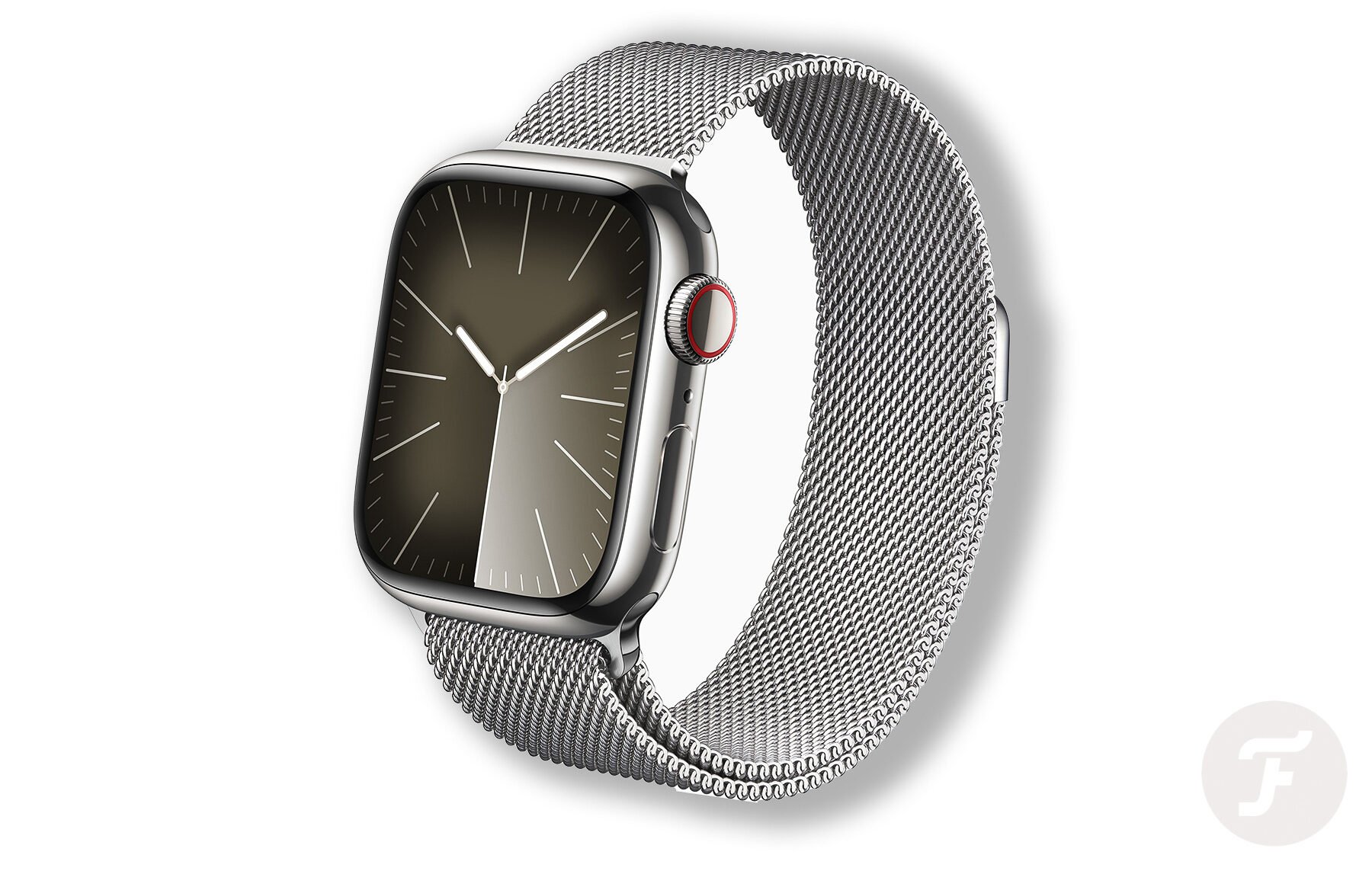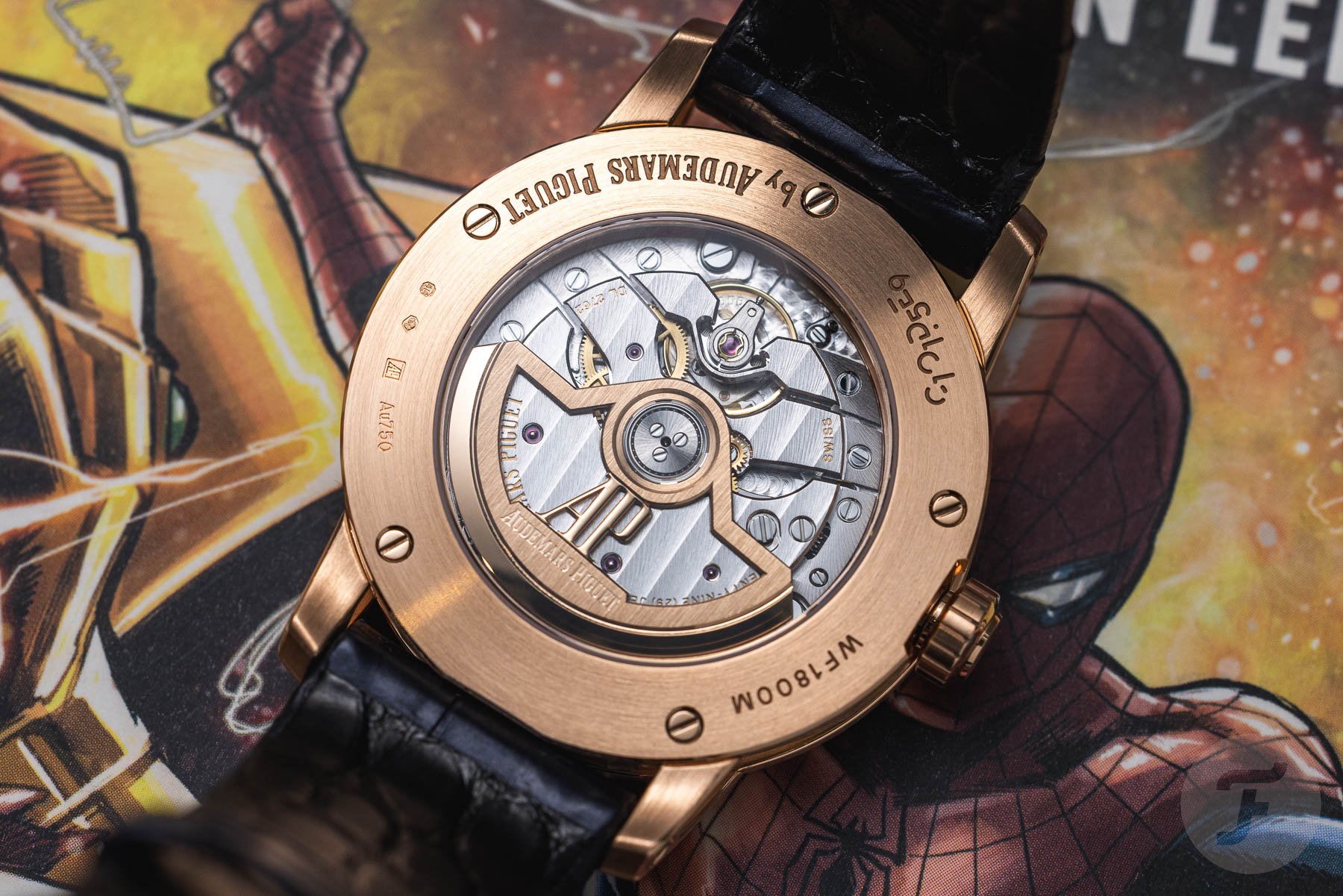Is It Time To Revise The “Holy Trinity” Of Watchmaking?
Every field has its lingo, and the watch world is no exception. As Fratello writers, we try to be aware of our use of language and the implications that come from our specific choice of words. Regardless, sometimes we are taken aback when certain terms unintentionally trigger strong reactions in readers. Recently, we noticed that the term “Holy Trinity” tends to trigger people. The term is used to characterize three watch brands — Audemars Piguet, Patek Philippe, and Vacheron Constantin. Interestingly, the controversy isn’t around the religious connotations of the term but around the three companies described by it.
Today, we’ll try to answer some of the questions about the Holy Trinity and see if the term is still applicable. Let’s also see if we can uncover why it bothers some people.
Is “Holy Trinity” modern marketing lingo?
Some watch enthusiasts consider the term modern marketing lingo. If this is the case, I fully understand the annoyance. If brands position themselves as something as elevated as the Holy Trinity, it triggers a bit of a gag reflex.
But is it modern marketing lingo? Quite simply, no it isn’t. People have been using this term to refer to these three brands since the 1970s. Although no one knows exactly who coined it, I would deem it highly unlikely that the brands themselves did. After all, if you are operating at this level, wouldn’t you want to be a party of one rather than three?
A lot can be said for having appointed these specific brands as the big three in the 1970s. After all, they share a dedication to highly complicated mechanical watchmaking. The high level of manual finishing of the movements is also often touted as a common trait. Furthermore, independents weren’t very abundant back then, Rolex didn’t (and still doesn’t) do Haute Horlogerie, A. Lange & Söhne wasn’t around in its current form, Breguet was struggling at the time, and Jaeger-LeCoultre was largely focused on producing movements for others. In short, if you were to point at a big three in the ’70s, it would be hard to argue against Audemars Piguet, Patek Philippe, and Vacheron Constantin.
Do you get to sit on your throne forever?
What is the issue, then? Some might feel that the term needlessly puts three random brands on a pedestal. Others are simply annoyed because it is a buzzword. Yet others feel it is just an innocent part of our shared language that anyone understands. Although I would place myself in the last camp, I do understand when people ask if these are still the designated three companies to make up the Holy Trinity. If you were king in the ’70s, do you get to sit on your throne forever?
It seems, then, that arguments around the Holy Trinity come down to semantics. Controversy arises when you consider the term to mean the “best” three watch brands at any given moment. It’s as if the Holy Trinity refers to something fluid, like a challenge cup. Although you could probably make a valid argument for it, this isn’t what it means. It simply bundles three specific brands that occupy one niche in the collective horological consciousness.
If you ask me, I think it’s just fine to use the term as is. Now, if one of the brands fell off its pedestal through terrible mismanagement resulting in drastically reduced quality, for instance, I reckon the label would just disappear from our vocabulary. Or perhaps it would change to the “ former Holy Trinity,” although I would prefer “Artists formerly known as the Holy Trinity.” Party like it’s 1755!
Alternatives to the Holy Trinity
I do think the critics are right in pointing out that the horological landscape has changed since the 1970s. Which brands would be considered the big three today? It is a question I find impossible to answer simply because it is hard to define what makes a watch brand great. Also, there are just so many companies doing such impressive stuff now that it is impossible to pick winners.
For me, independents spring to mind first. But which ones? Journe, Ferrier, and Dufour? If you look at those we’re leaving out, this selection feels quite random. You might instead go for the Holy Trinity of culturally impactful watch brands. In that case, you may find yourself landing on Rolex, Casio, and…Apple(?).
The most commonly heard suggestion is that A. Lange & Söhne and Jaeger-LeCoultre should be in there. But by what KPIs (key performance indicators) do you kick out two of the original three? It is an entirely subjective and, I would argue, largely meaningless exercise. You could also make a strong case for the original three as they combine Haute Horlogerie standards with a relatively large reach. In this sense, you could argue that they are still more relevant than any new contestants.
Brand tribalism
In the end, it all feels a bit overblown to me. Brand tribalism is nothing new, but I feel it has been getting stronger since the rise of social media and the internet in general. I remember how Mac and Windows users would bicker back when I was in art school. I am currently shopping for a new camera, and you won’t believe how Canon, Nikon, Sony, and Fuji fans are at each other’s throats. It seems the same is at play here. Admirers of JLC or AL&S may feel overlooked when the term “Holy Trinity” is casually thrown around.
But this is precisely the thing; it is casually used under the assumption that insiders (that would be you, my dear Fratelli) know what we are talking about. It is by no means intended to be derogatory to other brands, nor is it meant to claim that these are the three best watch brands, even if there were a way to qualify “the best.”
Closing thoughts on the Holy Trinity
Sometimes it feels as if everything is controversial these days. This is, in part, only a natural result of the fact that anyone can be heard. Thanks to the internet, criticizing and scrutinizing have never been easier. But maybe we are also a bit too easily offended by matters that don’t affect us in any significant way. We have become quite generous with our two cents, haven’t we? I doubt if the use of the term “Holy Trinity” would have led to critical letters when printed in a watch magazine 20 years ago.
Still, it is always good to be aware of assumptions and to question automatic behaviors occasionally. Thanks for keeping us sharp in this respect! In this specific case, I don’t feel any need to abandon the term “Holy Trinity,” but how about you? Should it be archived and never used again? Or is it an innocent way to refer to three specific respectable brands? Drop a few more cents in the comments section below!

